SANTA CLARA, Calif., July 17, 2018 (GLOBE NEWSWIRE) — A new industry consortium led by NVIDIA, Oculus, Valve, AMD, and Microsoft today introduced the VirtualLink™ specification — an open industry standard that enables next-generation VR headsets to connect with PCs and other devices using a single, high-bandwidth USB Type-C™ connector, instead of a range of cords and connectors.
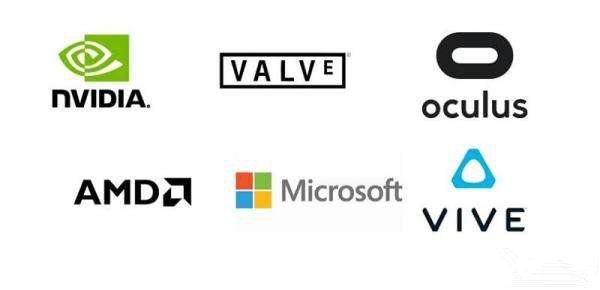
Why choose type C? Because of strong capability of type C, if check following picture, you will know how strong of Type C, compared to the past version of USB series interface:
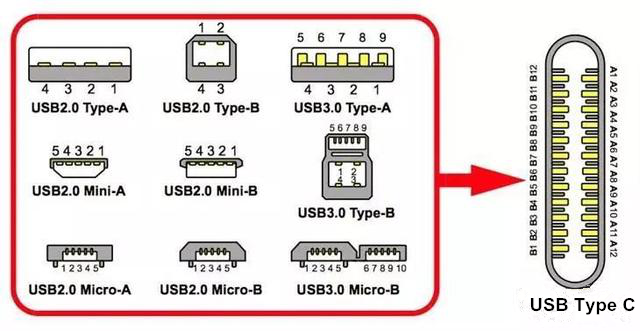
This new connection, an Alternate Mode of USB-C, simplifies and speeds up VR setup time, avoiding key obstacles to VR adoption. It also brings immersive VR experiences to smaller devices with fewer ports, such as thin and light notebooks
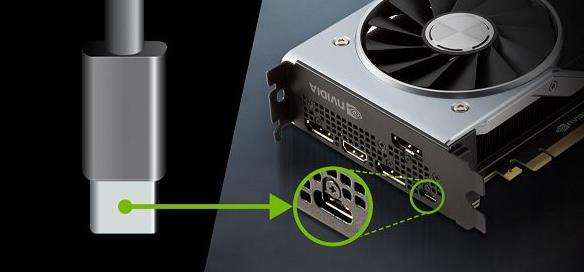
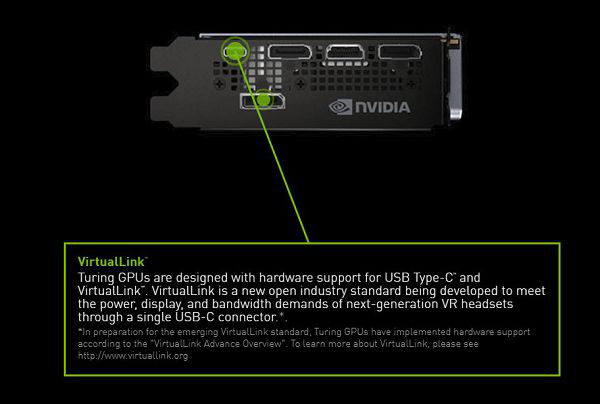
To fulfill the promise of next-generation VR, headsets will need to deliver increased display resolution and incorporate high-bandwidth cameras for tracking and augmented reality. VirtualLink connects with VR headsets to simultaneously deliver four high-speed HBR3 DisplayPort lanes, which are scalable for future needs; a USB3.1 data channel for supporting high-resolution cameras and sensors; and up to 27 watts of power.
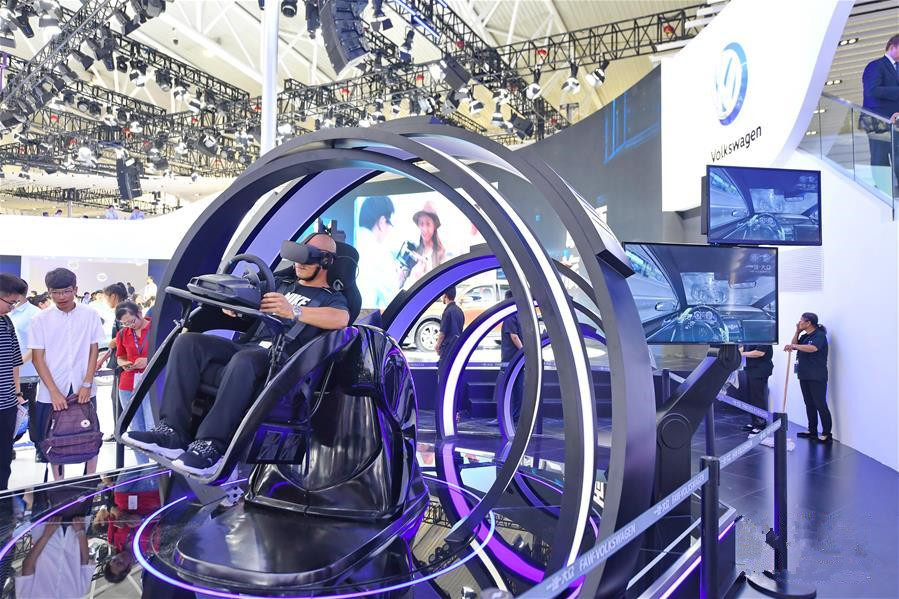
Unlike other connectivity alternatives, VirtualLink is purpose-built for VR. It optimizes for the latency and bandwidth demands that will enable headset and PC makers to deliver the next generation of VR experiences.
USB type C is best for VR, but it limited by copper type C length. Today, more and more VR manufacturing are trying to put OE solution build into their VR design, this cable support 10m distance, to perfect solve type C VR cable length problem. In the past years, Smartavlink provide many kind of OE solution to help kinds difficulty applications, to solve the problems of—Long distance, High bandwidth, No Signal loss, No Compresses. If you have similar difficulty please visit smartavlink.com , or send us mail info@smartavlink.com .
